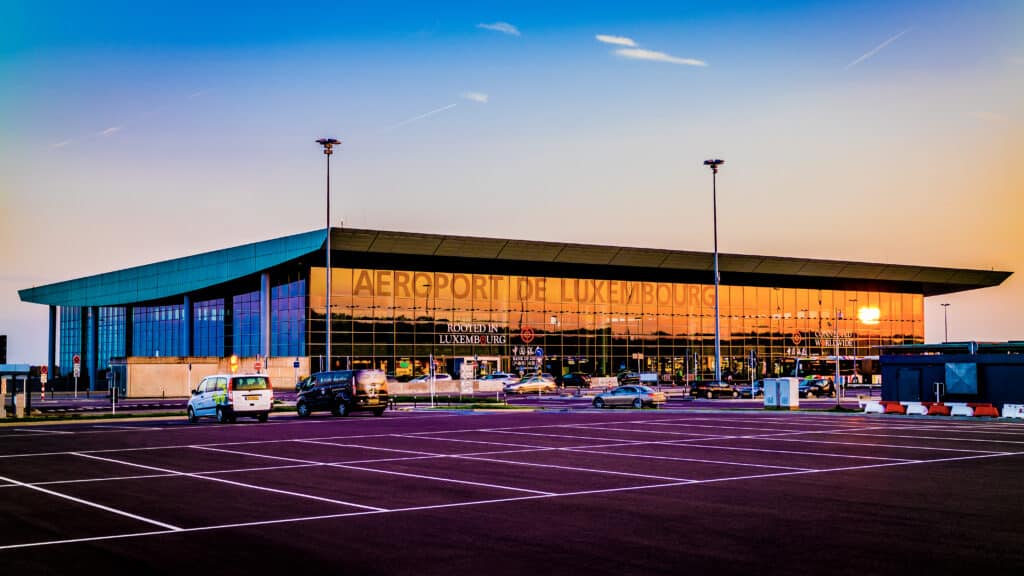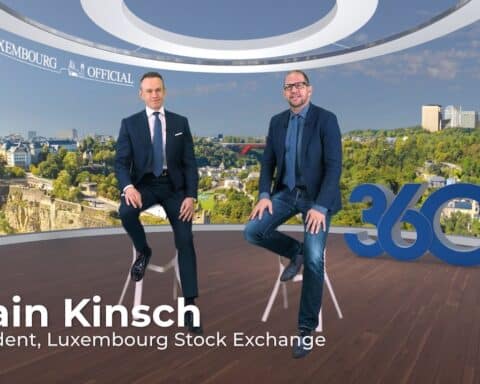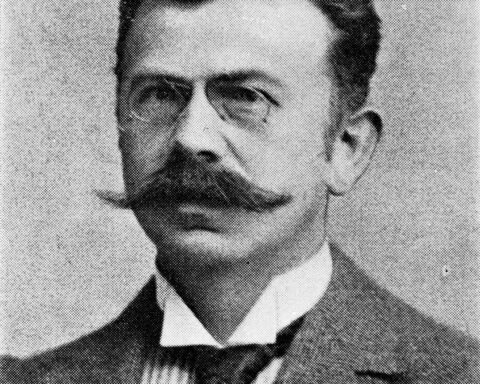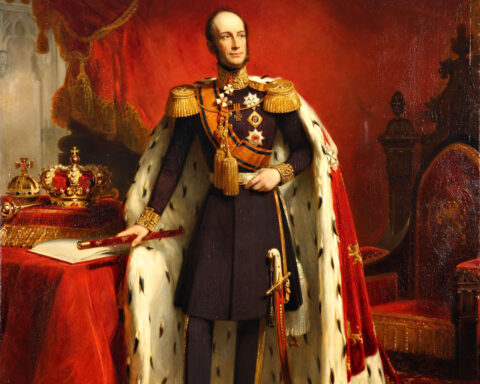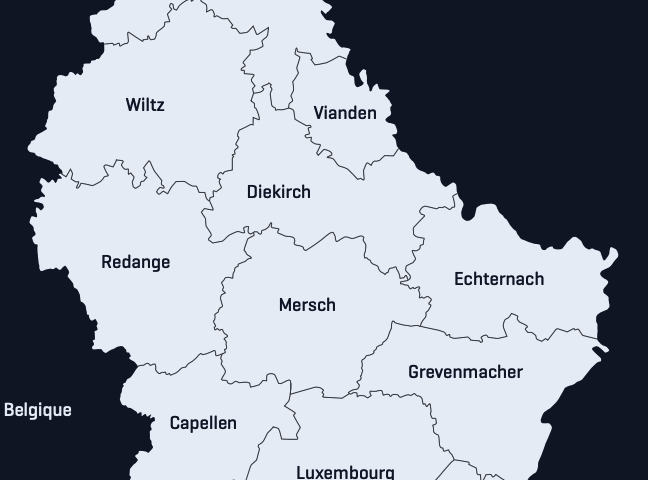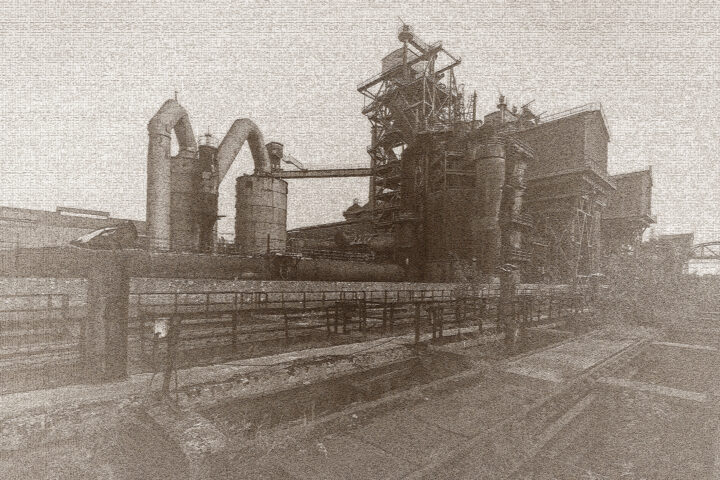Exclusively international due to Luxembourg’s small size, Luxembourg-Findel Airport is far from being small itself. With a steadily growing number of passengers and freight each year, it has become a key link in both the Luxembourgish and European logistics chain. Let us take a closer look at the 5th largest freight airport in Europe.
The History of the Airport
The land where the airport now stands owes its existence to the vision of Lou Hemmer, a pioneer of Luxembourgish aviation. Driven by his passion for aeronautics, Hemmer settled in the Findel area in search of a space suitable for his endeavors. The idea of creating an airport in Luxembourg gradually took root in his mind, but the economic crisis of the 1930s and World War II delayed the project’s realization. The airport finally came to life in 1945, with its official inauguration held in 1946. Its beginnings were humble — a single grass runway and a small wooden building serving as the terminal. However, as the number of passengers steadily increased, the airport evolved into the impressive international hub it is today.
A Major Passenger Airport Supported by a National Airline
From 10,000 passengers in 1955 to 4 million in 2018 — counting both arrivals and departures — Luxembourg-Findel Airport has seen remarkable growth. This sustained expansion places the country’s airport among the largest in Europe. It is currently the second busiest airport in the Greater Region, right after Charleroi.
This high ranking is largely due to the activity of the national carrier, LuxAir. Based at Findel Airport, the airline accounts for nearly half of all passenger traffic. The rapid growth of LuxAir — formerly Luxembourg Airlines — in the 1960s and 1970s led to the construction of new buildings and major site improvements. The enhanced passenger comfort coincided with the early rise of Luxembourg’s financial center.
“This sustained growth now places the airport of this small country among the largest in Europe.”
A Freight Airport Strengthening Luxembourg’s Logistics Hub
While LuxAir contributed to the airport’s expansion in the 1960s and 1970s, CargoLux drove modernization and significant runway extensions in the 1980s. The company also introduced new equipment and advanced navigation and landing systems, such as the “all-weather” landing system, considered one of the most efficient technologies for aircraft landings today. Founded in 1970 by LuxAir, CargoLux has become Europe’s second-largest air freight carrier. Its operational base in Luxembourg enables Findel Airport to rank highly in cargo transport. Today, the airport holds 5th place in Europe and 23rd place worldwide for air freight volume.
